Study reveals a terrifying truth about planet-eating stars
Our universe is full of stars. Scientists estimate that there are up to one septillion stars in the universe and that at least one in …
Our universe is full of stars. Scientists estimate that there are up to one septillion stars in the universe and that at least one in …
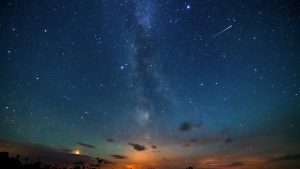
For over a decade, astronomers have been baffled by ghost stars in the Milky Way. These planetary nebulae, as they are more formally known, were …
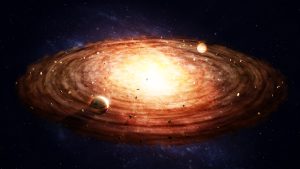
Scientists have been trying to understand more about our solar system and the way it formed for decades. For a long time, many believed that …
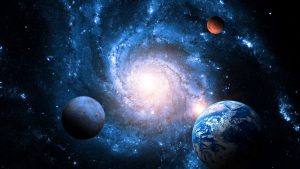
New research published in the Monthly Notices of the Royal Astronomical Society has given us a glimpse at the remnants of the oldest known solar …

Scientists believe they have discovered the world’s oldest complete star map. In fact, they say that the map is the first known map of the …
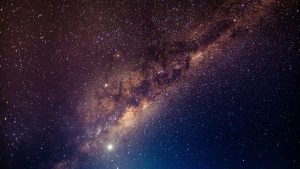
The Milky Way is not just home to our solar system, it’s also home to a graveyard of ancient stars, a new study says. Researchers …

A group of astronomers at MIT and other universities have discovered a star’s “heartbeat.” The heartbeat, which is a radio signal, originated from an unknown …
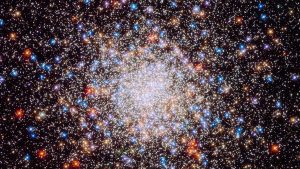
A new study written by German astronomers outlines a new type of star we’ve never seen before. The new hot subdwarf star was discovered by …

When astronomers peer into the depths of the Milky Way galaxy, which is our home, they can see a lot of stuff going on. There …

The Sun is one of the big reasons why we’re all here today. Without it, life likely wouldn’t have taken root on Earth — or, …

The Hubble Space Telescope is about to embark on its most intense investigation ever. NASA has tasked the space telescope with studying over 300 stars …
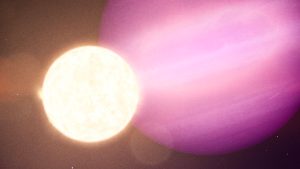
Researchers have spotted a planet orbiting a white dwarf star just 80 light-years from Earth. White dwarf stars don’t typically have planets orbiting them due …

Researchers at the European Southern Observatory have captured the first-ever images of a planetary system with multiple exoplanets. The system revolves around a star that …

Astronomers have observed the nearby supergiant star Betelgeuse dimming in recent months. Some have theorized that the star is about to go supernova, exploding violently …

A team of astronomers has spotted what they describe as an “ultra-massive” white dwarf hanging out in space at a distance of around 150 light-years …

One of the more interesting astronomy stories that came out at the tail end of 2019 was the bizarre behavior of the nearby star known …

Our Sun flies solo, chilling out in a relatively calm arm of the Milky Way galaxy and not causing much trouble for its stellar neighbors. …

Our Sun is the reason we’re all here today. Some day it’ll go boom, but we’ll all (hopefully) be long gone, one way or another, …
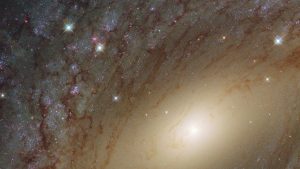
Studying a galaxy from the inside can be a tricky thing, but astronomers have still managed to learn a great deal about our own Milky …
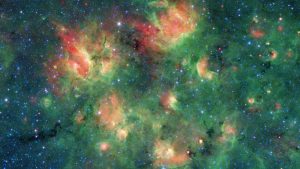
With some of the most powerful imaging tools on Earth at its disposal, NASA and its scientists have captured countless lovely images of the cosmos …

NASA’s TESS exoplanet-hunting satellite has already made some incredible discoveries in its first couple of years in service, but its latest find will definitely look …
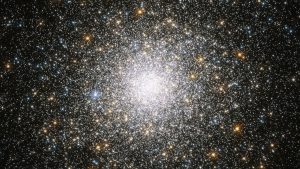
New exoplanet discoveries have been popping up with increasing regularity in recent years thanks to technological advances that allow scientists to spot evidence of their …

Age is a relative thing. With our finite (and relatively short) lifespans, humans tend to think of anything older than 100 years as being “really …
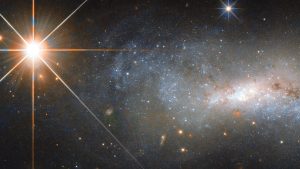
Humans don’t yet possess the technology required to visit neighboring stars, but astronomers can still learn a great deal about them just by looking. The …

We often think of stars as things that don’t move around much, but in some galaxies, that’s far from a universal truth. New observations made …

In the ongoing search for life outside of Earth, scientists already know that planets need to be in just the right place around their host …
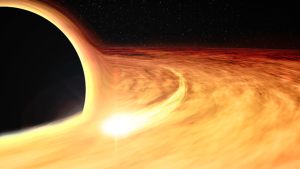
Black holes are some of the most interesting features of our universe, but they’re also not very well understood. Studying distant black holes in any …